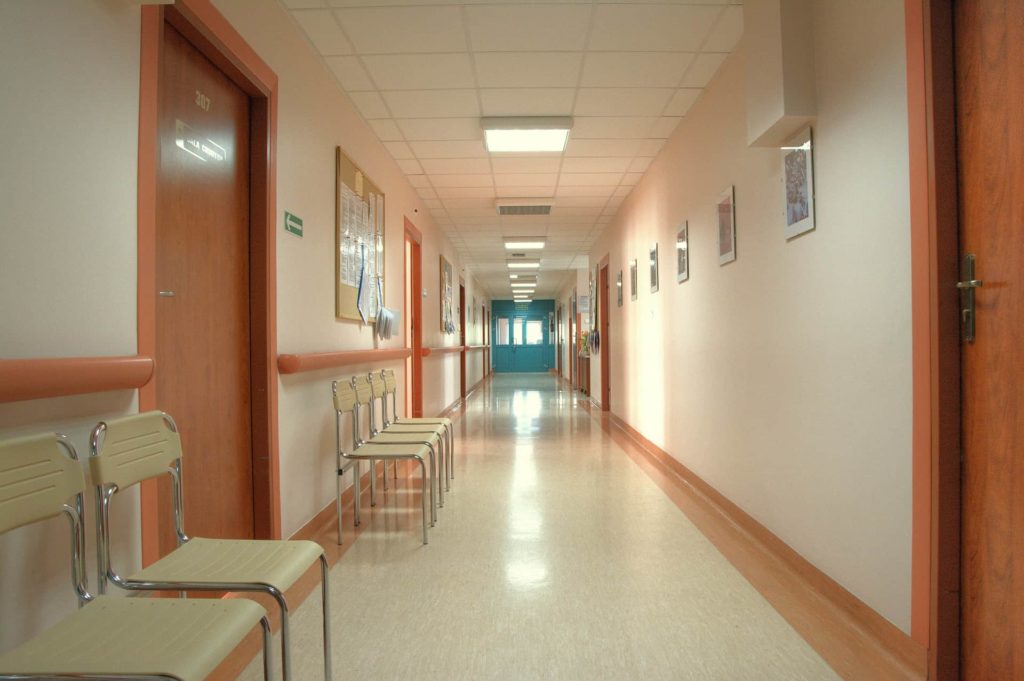
Some infections are able to be treated with just a few rounds of medications. Other infections are able to leave on their own. C. difficile infections are unique, able to come back repeatedly.
Understanding the process of treating recurrent C. difficile infections starts with respecting the nature of the bacteria. This tricky bacterium tends to crop up more often after a patient has taken antibiotics, even though the bacteria originates from dirty environments or food. While they may feel relief at having one condition treated, they’ll soon be stressed with another issue. Keeping your patient calm is key to their recovery.
Let’s take a look at recurrent C. difficile treatments (also called C. diff treatment) and how you can improve your patient’s prognosis.
What are Recurrent Clostridium Difficile Infections
Recurrent Clostridium Difficile infections are complicated to manage due to their tendency to crop up after antibiotic medication prescriptions. Even worse, this diagnosis usually targets elderly patients.
Recurrent Clostridium Difficile infections are a form of bacteria that emerge in the intestines and the colon. While it’s possible for people to harbor this infection and not show symptoms, most patients will display multiple physical health ailments. Common symptoms include the following:
- Watery diarrhea regularly (sometimes up to fifteen times per day)
- Fever
- Dehydration
- Nausea
- Stomach cramping
Related: Why You Shouldn’t Drink While Taking Antibiotics
Diagnosis
Fortunately, diagnosing Recurrent Clostridium Difficile infections is very straightforward. The following methods diagnose this infection and help start treatment right away.
Stool Tests
This bacteria can be dormant for months before emerging. That said, Recurrent C. Diff usually crops up within five to ten days.
Stool tests can identify this bacteria by spotting specific toxins.
Colon Examination
If your stool comes back positive, you may be required to undergo a colon examination. When left untreated, this bacteria can become life-threatening.
A colon examination will determine whether the illness has caused inflamed tissue or bleeding.
Image Tests
Last but not least, image tests sometimes diagnose this condition. If there are any ruptures or tears, an imaging test will spot them quickly.
Issues image tests will spot include:
- Thickening of the colon wall
- Holes in the colon lining
- Swelling
Related: How Much Do Hospitalists Make? A 2022 Report
What makes healthcare applications stand out? We believe it’s the community and a commitment to growth that makes the difference.

Treatment
Treating C. diff is usually done with a round of antibiotics if it’s mild. More severe cases may require fecal transplant, surgery, or another round of antibiotics.
Case Study
A recent report of a 67 year-old woman found a woman diagnosed with various health issues such as pneumonia and diabetes. After being hospitalized, she showed symptoms of C. diff contamination.
The infection became recurrent despite taking oral antibiotics for a week and a half.
Clinical Questions
Below is a list of common questions asked about this difficult bacteria. While this strain is hardy and prone to coming back, it’s not impossible to treat.
When is C. diff Considered Recurrent?
Knowing the difference between C. diff infections is essential. A recurrent case is a case that was thought resolved, but shows new symptoms two to eight weeks after the old symptoms went away.
What is the Rate of Recurrent C. diff?
Unfortunately, the rate of recurrence gets higher with each new infection. Between 20% to 35% of patients will develop recurrence. Around 40% of those who face one recurrence will face another.
What Are the Risk Factors for Recurrent C. diff?
The risk factors for recurrent C. diff are taking antibiotic medications, being an older patient, and being hospitalized.
Treatment Options for Initial C. diff?
Treatment options for initial C. diff usually involved a round of oral vancomycin, followed by a carefully monitored 10-day course of fidaxomicin.
Related: How Technology Helps In Hospitals
Treatment Options for 1st Recurrence
The first recurrence of C. diff looks a little different. While you can do another round similar to initial C. diff, it’s best to do fecal microbiota transplantation (also known as FMT).
Treatment Options for 2nd and Subsequence Recurrences
Ongoing recurrences require a much tougher approach than the typical round of antibiotics. The Food And Drug Administration recently introduced Bezlotoxumab, which has demonstrated impressive results.
Patients who take a Bezlotoxumab infusion alongside the previous antibiotics noticed significant improvement in twelve weeks.
How to Reduce Recurrences
Reduce recurrences with C. diff is best done with careful hygiene and early treatment. The sooner you spot this condition, the better.
We highly recommend preventing these incidents with the following habits:
- A Bezlotoxumab infusion
- Extremely careful hand-washing and sanitation practices
- Being careful when interacting with someone with C. diff

The Last Word
Recurrent C. diff treatment may seem like a losing battle at times. Fortunately, the medical industry continues to develop impressive tools to treat this issue.
C. diff treatment usually needs a round of antibiotics to clear up. Some patients are more prone to recurrence than others, particularly if they’re older or are being hospitalized. Bezlotoxumab is an antibody infusion with high potential to treat this issue in the long-term.
The best healthcare starts with embracing the resources around you. Contact us today to partner with skilled hospitalists ready to slot into your busy schedule.
